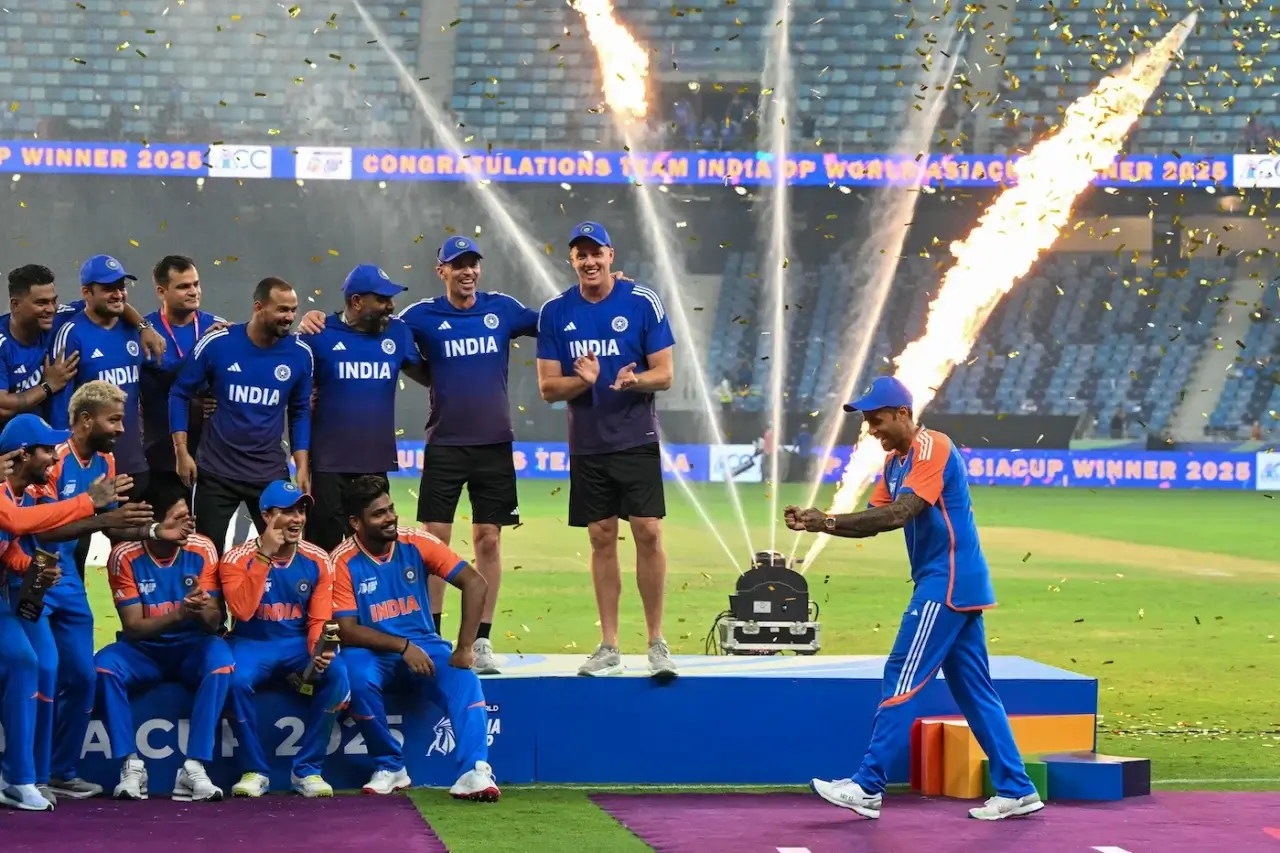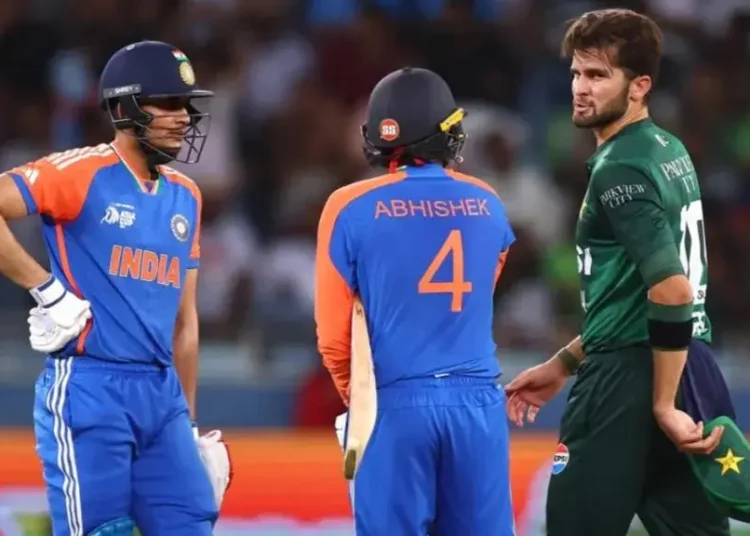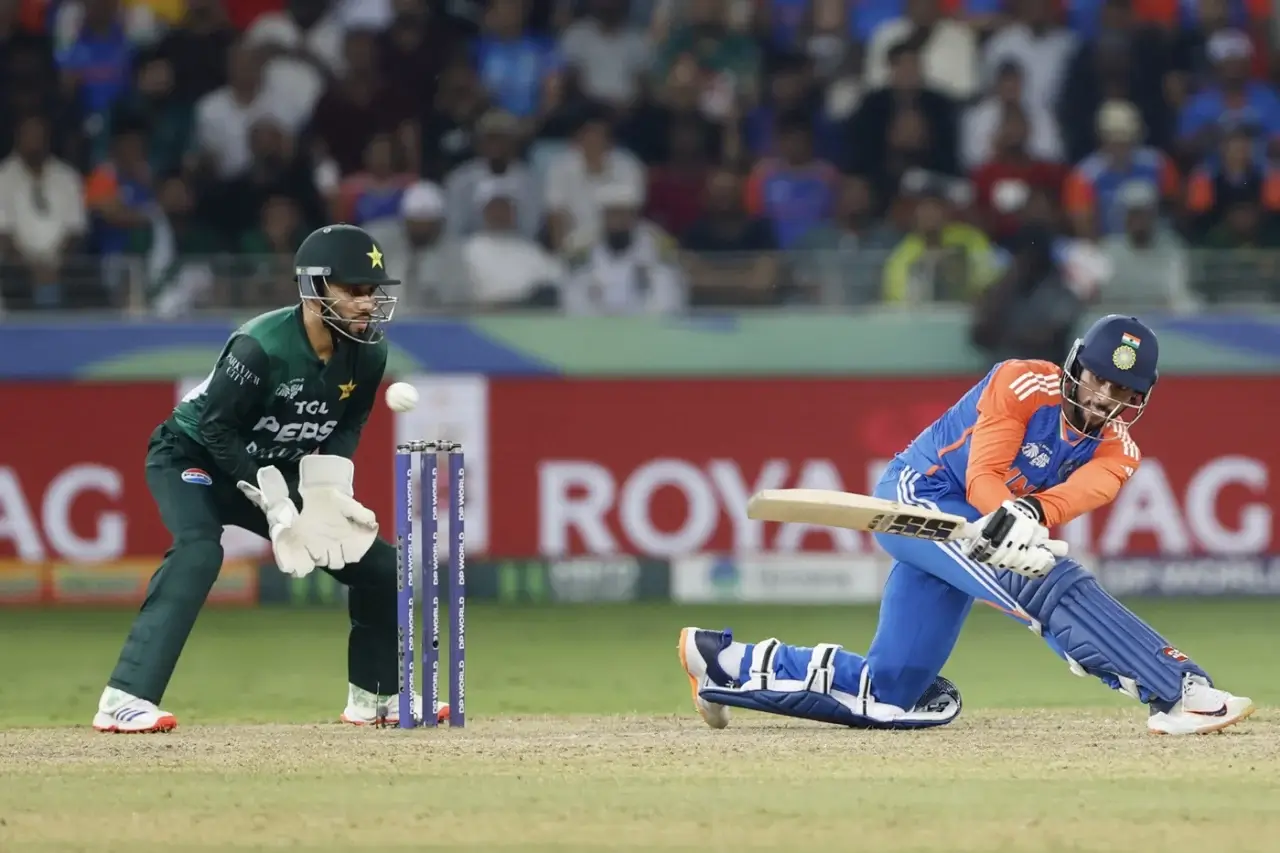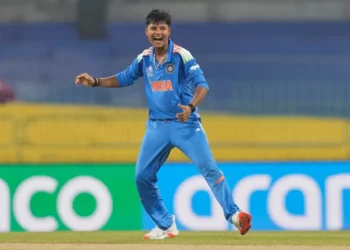India reaffirmed their dominance in Asian cricket with a commanding 3–0 win over Pakistan to lift their ninth Asia Cup title. The final in Dubai capped a flawless campaign defined by discipline, depth, and composure. Under Tilak Varma’s leadership, India displayed balanced cricket that blended tactical sharpness with calm under pressure. Their all-round performance across three matches left Pakistan searching for answers in every department, like Bangladesh against India.
India’s Dominance Throughout the Series

From the very first game, India set the tone of control. Their bowlers choked Pakistan’s scoring while the top order responded with measured aggression. In every encounter, India’s structure looked superior, anchored by team clarity and intent.
Pakistan’s middle order collapsed under scoreboard pressure repeatedly, exposing their lack of stability against spin. India’s winning mentality was visible through tight fielding, sharp bowling changes, and steady batting partnerships that crushed Pakistan’s confidence by the second game.
Strategic Control in Every Phase
Rohit Sharma and Tilak Varma managed their resources smartly across the tournament. The bowlers were rotated with precision to maximize impact overs. Powerplays were used to test Pakistan’s aggression, while India’s middle overs suffocated run flow. The final reflected this control perfectly — from Kuldeep’s spin web to Bumrah’s yorkers at death, Pakistan never looked settled. India’s strategy felt rehearsed yet adaptable, the mark of a team that knows how to win big matches consistently.
The Final: Nerves of Steel in Dubai
The final began with Pakistan batting first on a sluggish surface. Their innings stuttered as India’s bowlers applied constant pressure. Kuldeep Yadav’s magical spell of 4 for 30 broke the back of Pakistan’s innings.
Axar Patel and Varun Chakravarthy backed him brilliantly by maintaining dot-ball pressure. Pakistan folded for just 146 in 19.1 overs, a total far below par given the dew and short boundaries. India’s bowling display was clinical, showing why this attack ranks among the world’s most balanced white-ball units.
Tilak Varma’s Composed Chase
India’s chase didn’t start smoothly as early wickets fell in quick succession. But Tilak Varma stood firm, anchoring the innings with maturity beyond his age. His unbeaten 69 off 51 balls steadied India when Pakistan sensed hope.
Supported by Shivam Dube’s calm 32, Tilak guided the team to victory with two balls remaining. The partnership defined composure — no panic, no rush, just clean execution. When Rinku Singh struck the final boundary, it sealed India’s ninth Asia Cup crown in style.
Key Performers in the Series
India’s success wasn’t built on one hero but a collective surge. Kuldeep’s spin-controlled middle overs, Siraj’s new-ball swing created early breakthroughs, and Dube’s finishing touch provided stability.
Young batters like Tilak Varma and Rinku Singh showcased India’s bench strength, while Rohit Sharma’s mentoring presence balanced the youthful energy. This blend of experience and fearlessness separated India from Pakistan, whose game plans often appeared reactive instead of proactive.
India’s 3–0 Win Over Pakistan (Asia Cup 2025)
| Match | Venue | Result | Top Performer | Margin |
|---|---|---|---|---|
| 1st T20 | Sharjah | India won | Siraj (3/22) | 42 runs |
| 2nd T20 | Dubai | India won | Rohit (63 runs) | 7 wickets |
| Final | Dubai | India won | Tilak Varma (69*) | 4 wickets |
India’s clean sweep proved both their consistency and adaptability across conditions. Every match had a new hero — a mark of a team running at full confidence.
A Historic Rivalry, Same Result
India and Pakistan share one of cricket’s fiercest rivalries, but recent history shows one-sided dominance. India’s 9–0 chasing record against Pakistan in T20s continues unbroken. Each contest follows a similar script — Pakistan starts strong, India absorbs pressure, then finishes with precision. This psychological edge defines India’s white-ball success over its archrivals. Whether it’s the Asia Cup, World Cup, or bilateral series, India’s temperament remains unmatched when the stakes rise.
Pakistan’s Struggles Under Pressure
Pakistan’s inability to handle high-pressure phases again cost them. Their over-reliance on top-order power hitters and inconsistent spin attack hurt them across the series. Tactical rigidity, especially in death bowling, widened the gap.
Against an organized Indian side, small cracks became collapses. This series exposed Pakistan’s lack of adaptability and mental resilience in crunch situations — a problem that continues to shadow them in major tournaments.
The Trophy Controversy
The post-match ceremony carried unexpected drama. India declined to collect their medals and trophy from ACC President Mohsin Naqvi, who also heads the Pakistan Cricket Board. The team later symbolically lifted an “invisible trophy” in protest, creating viral visuals across media.
Despite the chaos, India’s players remained composed, emphasizing that the win mattered more than the photo. Eventually, the ACC confirmed India as champions, officially awarding their ninth Asia Cup — a symbolic moment that showed maturity amid politics.
Fans’ Reaction and Symbolism
Fans celebrated the victory as poetic justice. Many saw India’s calm reaction as an extension of their captaincy style — quiet, confident, and professional. Online tributes hailed the team’s composure, turning the invisible trophy lift into a meme symbolizing undeniable supremacy. The players’ unity in protest reflected internal trust and belief, proving that India’s strength extends beyond the boundary lines.
Legacy of the 2025 Asia Cup Win
India’s ninth Asia Cup triumph wasn’t just another win — it was a statement of supremacy. The series highlighted depth, discipline, and the value of trust-based leadership. Under Rohit Sharma’s mentorship and Tilak Varma’s emerging leadership, India’s transition phase looks complete. Youngsters are thriving, veterans are mentoring, and the system looks sustainable. This Asia Cup confirmed that India isn’t just winning games; they are building a legacy for the next generation, like Arshdeep Singh for Kings XI Punjab.
Looking Ahead to Global Challenges
With ICC tournaments around the corner, India’s white-ball confidence is at an all-time high. This victory over Pakistan sets the tone for upcoming world events. If this form continues, India could break their ICC drought soon. The balance between youth and experience, along with fearless adaptability, makes this team a serious global contender heading into 2026.
Conclusion
India’s 3–0 clean sweep over Pakistan to claim their ninth Asia Cup title was dominance personified. Every match reflected control, composure, and belief. From Kuldeep’s spin to Tilak’s poise, every piece clicked perfectly.
The invisible trophy moment summed up India’s attitude — grace under fire. This win wasn’t about rivalry alone; it was about legacy, leadership, and identity. The Asia Cup 2025 will be remembered as the moment India reaffirmed its place as Asia’s undisputed white-ball powerhouse.















